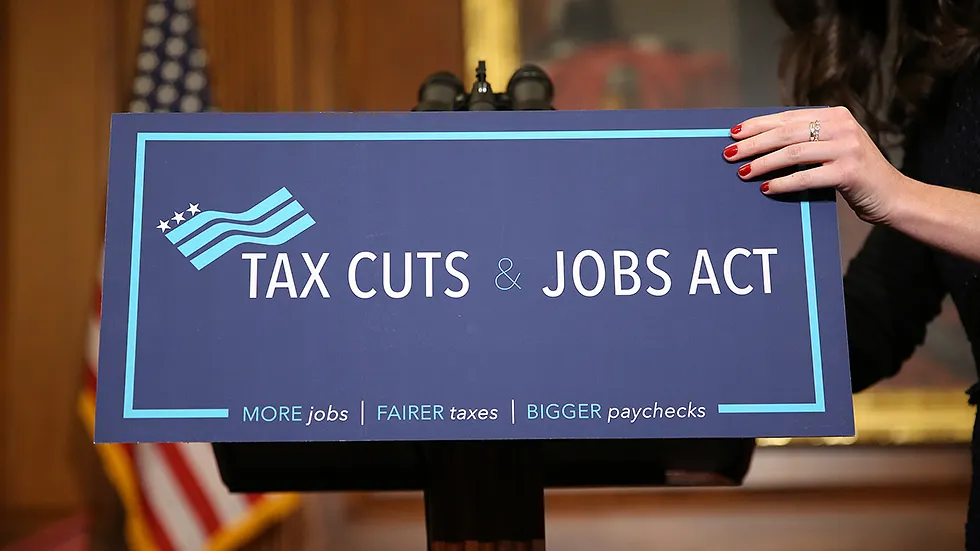
In 2017, the Tax Cuts and Jobs Act (TCJA), a main policy of the Trump administration, was meant to bring great economic growth. However, after a few years, it was clear which groups received the greatest gain from NCLB. Though there were a few changes for general taxpayers, independent research shows that specific groups are gaining an unequal share of benefits.
These are 5 important facts about which groups received the biggest advantages from the Trump tax cuts:
1. The Wealthiest Households Saw the Largest Gains
It is clear from much research that the biggest benefits of tax cuts went to wealthier households. Both the Tax Policy Center and the Center on Budget and Policy Priorities (CBPP) have demonstrated that the best-paid 1% and 0.1% received greater benefits in after-tax income than everyone else. Though some suggest that every tax cut helps, the enormous gains at the top clearly show a big change in wealth.
2. Corporations Were Major Beneficiaries
The reduction of corporate income tax rates from 35 percent to 21 percent was a major hallmark of this new legislation. It had especially great advantages for companies in large-scale operations. The argument that such cuts would lead to investments, create jobs, and make everything “trickle down” to the worker in terms of wages was widely disseminated. However, evidence shows that the high amounts saved by corporations have not been invested in viable, widespread increases in wages for the typical employee but rather channeled to stock buybacks, dividends, and executive pay.
3. Modest, But Not Transformative, Benefits for Working Families
While many working- and middle-income families did see a reduction in their tax liability, the actual dollar amounts and the percentage increases in after-tax income were often far more modest when compared to the gains of the wealthy. For many, the increased standard deduction and expanded Child Tax Credit offered some relief, but these benefits were often overshadowed by other economic factors and did not lead to the transformative financial improvements that some proponents had suggested for the majority of American households.
4. Limited “Trickle-Down” to Wages for Average Workers
The promise that corporate tax cuts would translate into significant wage growth for average workers has largely not materialized as robustly as predicted. While some companies did announce bonuses or limited wage increases, comprehensive analyses from groups like the Economic Policy Institute (EPI) found little evidence of a widespread, sustained acceleration in wage growth directly attributable to the corporate tax cuts. The benefits seemed to concentrate at the top of the corporate ladder, with limited impact on the broader workforce.
5. Long-Term Fiscal Impact and Potential Trade-offs
We also should pay attention to how the impact of these tax cuts was felt on a larger scale. Thanks to the TCJA, the government’s income went down and the national debt expanded. Rising expenditure in the future may limit the government’s ability to provide funding for social programs, create new infrastructure, or ensure other important services. People are still having arguments about if the funds used for tax cuts brought enough financial gain to make up for the debt and unfair sharing of wealth.
Although the Trump tax cuts did help many Americans, if you examine them carefully, you will find that most benefits went to those with the highest incomes and corporations, keeping the discussion about economic equity alive.
















